In a bid to uphold consumer trust and combat deceptive environmental marketing, the European Commission, in collaboration with national consumer protection authorities, has initiated legal action against 20 airlines for engaging in misleading greenwashing practices. This significant move underscores the EU's commitment to ensuring that environmental claims made by businesses are substantiated by robust scientific evidence.
The Allegations Unveiled
The EU's action follows concerns raised over airlines' assertions regarding the extent to which carbon dioxide (CO2) emissions from flights can be offset through climate projects or the utilization of sustainable aviation fuels. Despite mounting pressure for transparency, several airlines have been accused of disseminating vague or false claims, thereby misleading consumers about the true environmental impact of air travel.
While the statement released by the EU refrained from disclosing the names of the implicated airlines, citing the preliminary stage of the investigation, it affirmed collaboration with Belgian, Dutch, Norwegian, and Spanish watchdogs in this endeavor. This concerted effort reflects a united front in addressing the issue of greenwashing within the aviation industry.
Demand for Accountability
EU Commissioner for Values and Transparency, Vera Jourova, emphasized the importance of providing consumers with accurate and scientifically grounded information. She asserted that responsible consumers deserve nothing less than truthful disclosures regarding the environmental footprint of their choices. The call for accountability echoes across borders, transcending national jurisdictions to uphold integrity in environmental marketing practices.
Legal Precedent: The KLM Case
The crackdown on greenwashing comes in the wake of a landmark ruling by a Dutch court against KLM, a prominent airline, for deceptive advertising practices aimed at burnishing its environmental image. The court found KLM guilty of misleading customers, signaling a pivotal moment in the fight against corporate greenwashing. This legal precedent serves as a stark warning to airlines and underscores the repercussions of deceptive marketing tactics.
Toward a Sustainable Future
As the aviation industry grapples with the imperative to reduce its carbon footprint, transparency and accountability emerge as cornerstones of progress. The EU's decisive action sends a clear message: unsubstantiated environmental claims will not be tolerated. Moving forward, stakeholders must prioritize authenticity and integrity in their sustainability efforts, fostering a culture of trust and responsibility in consumer communication.
Conclusion
The EU's crackdown on airlines for greenwashing practices marks a pivotal step in safeguarding consumer interests and promoting environmental stewardship. By holding businesses accountable for the accuracy of their environmental claims, authorities are paving the way for a more transparent and sustainable future. As the investigation unfolds, the spotlight remains on the aviation industry, urging stakeholders to embrace transparency and uphold the highest standards of integrity in environmental marketing.
With Inputs from Reuters
Read next
The first quarter of 2024 brought unexpected challenges for European airline giants Lufthansa and Air France-KLM. Labor disputes, capacity limitations, and flight disruptions deepened their losses, prompting both companies to announce cost-cutting measures. Despite a backdrop of increasing travel demand post-pandemic, these airlines find themselves grappling with higher costs and uncertain market conditions.
Labor Disputes and Flight Disruptions
The first quarter, traditionally challenging for airlines, proved exceptionally difficult for Lufthansa and Air France-KLM. Expensive strike actions and disruptions due to capacity limits and cancellations exacerbated their financial woes. Lufthansa reported heavy losses from strikes, while Air France-KLM faced significant compensation payouts, primarily to customers affected by cancellations.
Cost-Cutting Measures
In response to the financial strain, both airlines unveiled strategies to tighten spending and mitigate losses. Air France-KLM announced a freeze on hiring support staff, while Lufthansa outlined plans to cut operating costs, pause new projects, and scrutinize administrative staffing. These measures reflect a concerted effort to address the root causes of financial distress and streamline operations.
Financial Outlook and Market Response
The market response to the first-quarter results varied. While Lufthansa revised its full-year outlook downwards, Air France-KLM maintained its 2024 outlook but warned of continued cost increases in the second quarter. Despite the challenges, hopes for a summer demand surge buoyed optimism among investors, with both airlines anticipating a strong summer season.
Navigating Uncertain Terrain
Despite the optimism surrounding summer travel, uncertainties persist. Both airlines emphasized the completion of collective bargaining agreements and expressed confidence in avoiding further disruptions. Additionally, geopolitical tensions, such as the fallout from conflicts in the Middle East, continue to impact route performance and passenger confidence.
Challenges Ahead and Conclusion
Looking ahead, challenges remain on the horizon. Slow demand recovery, particularly from key markets like China, poses a significant hurdle. Moreover, rising repair and maintenance costs, coupled with ongoing capacity constraints, raise questions about the sustainability of recovery efforts. Analysts have voiced concerns about whether robust demand will be sufficient to lift airlines out of their financial difficulties.
As Lufthansa and Air France-KLM navigate the complexities of a post-pandemic travel landscape, they face a delicate balancing act between cost containment and meeting growing passenger expectations. While summer demand offers a glimmer of hope, the path to financial stability remains fraught with challenges. Effective cost-cutting measures and strategic planning will be crucial as these airlines chart a course towards recovery in the months ahead.
With Inputs from Reuters
Read next
China Southern Airlines has recently inked a significant deal with COMAC to procure 100 C919 narrow-bodied jets, joining other Chinese carriers in bolstering their fleets with this domestically manufactured aircraft. This move is indicative of China's ambitions to compete in the global aviation market. Let's delve deeper into this development and its implications.
Growing Chinese Demand and Strategic Partnership with COMAC
China Southern's decision to purchase the C919 aligns with the burgeoning demand for narrow-bodied aircraft in the Chinese domestic market. With air travel on the rise, Chinese carriers are seeking to expand their fleets to cater to increasing passenger numbers.
China Southern's agreement with COMAC not only reflects its commitment to supporting domestic industry but also underscores the strategic partnership between the airline and the aircraft manufacturer. The order, valued at $9.9 billion, signals confidence in the capabilities of the C919 and COMAC's ability to deliver on its promises.
Competing with Western Giants
The C919 enters a fiercely competitive arena dominated by Western giants like Boeing and Airbus. However, with order backlogs and logistical challenges faced by these incumbents, Chinese carriers are exploring alternative options. The C919 presents itself as a viable choice, offering a competitive edge in terms of pricing and availability.
Air China's Parallel Move, Delivery Schedule and Expansion Plans
In a parallel development, Air China also placed an order for 100 C919s, signaling a unified front among Chinese carriers in embracing domestically manufactured aircraft. This move is part of Air China's strategy to optimize its fleet structure and meet long-term capacity requirements.
Both China Southern and Air China are set to receive their C919s between late 2024 and 2031. This aligns with their medium- to long-term fleet development plans, indicating a concerted effort to modernize their fleets and adapt to evolving market dynamics.
Implications for the Industry
The rise of the C919 poses significant implications for the global aviation industry. As Chinese carriers increasingly opt for domestically manufactured aircraft, Western manufacturers may face intensified competition and pressure to innovate and adapt to changing market dynamics.
Conclusion
China's ambitious foray into the commercial aviation sector with the C919 underscores its determination to challenge Western dominance in this arena. With growing demand for air travel and a supportive domestic market, Chinese carriers are poised to reshape the industry landscape. The success of the C919 hinges not only on its technological prowess but also on the strategic partnerships forged between Chinese airlines and domestic manufacturers like COMAC. As the C919 takes flight, all eyes will be on its performance and its impact on the global aviation market.
Read next
IndiGo's Ambitious Move: From Domestic Dominance to Global Aviation Player
Abhishek Nayar
02 May 2024
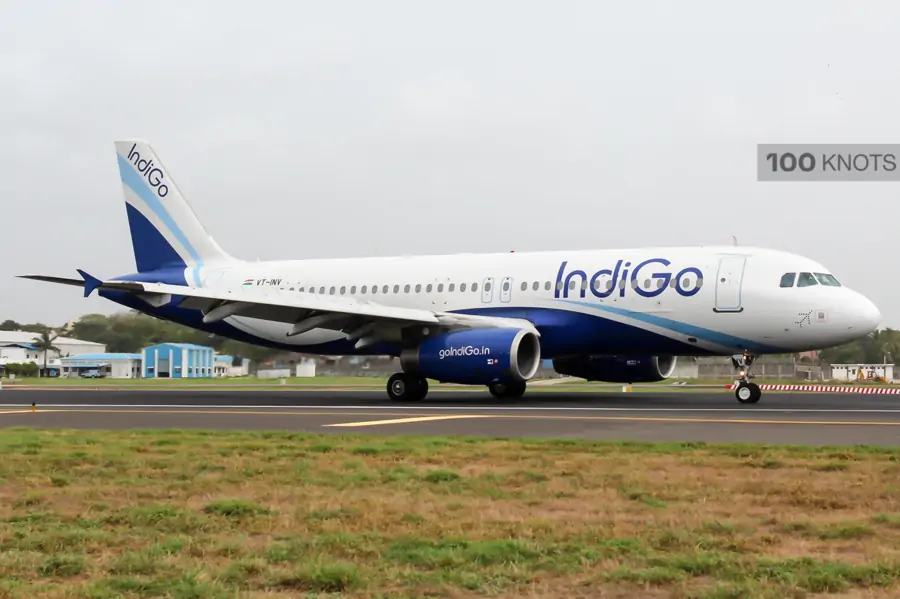
IndiGo, India's largest carrier renowned for its domestic network, has set its sights on the global stage with a significant milestone – its first-ever order for widebody aircraft. Pieter Elbers, the CEO of IndiGo, expressed the company's strategic vision during a recent conference, outlining plans to elevate India's position as a global aviation hub.
Entering the Widebody Realm
The decision to procure 30 A350-900 aircraft from Airbus marks IndiGo's venture into the widebody segment. Elbers emphasized the careful balance between impact and prudence in this move, highlighting the airline's commitment to maintaining its renowned cost leadership while seizing opportunities for expansion.
A Gateway to Global Connectivity
With an extensive domestic network spanning 88 destinations, IndiGo boasts a solid foundation in India. Now, the airline aims to leverage this strength to bolster international connectivity, bridging domestic-to-international and international-to-international routes. Elbers cited examples of emerging connectivity patterns, illustrating IndiGo's potential to facilitate seamless travel experiences for passengers.
Catering to Market Demand
Elbers acknowledged the underserved demand for long-haul flights, noting the limited market share of Indian carriers in this segment. IndiGo's foray into the long-haul market reflects a strategic evolution aimed at reclaiming a more substantial presence on global routes. With approximately 27% of its capacity deployed on international routes, IndiGo is poised to tap into untapped opportunities for growth.
Flexible Strategies for Global Expansion
IndiGo's expansion strategy extends beyond traditional approaches, envisioning a network that mirrors global counterparts. By adopting a hub-based model, the airline plans to optimize route offerings from various airports, catering to diverse passenger needs. Collaboration and innovation are at the forefront of IndiGo's approach to building a robust international presence.
Looking Ahead
As IndiGo embarks on its journey to establish itself as a global aviation player, the future holds immense potential for growth and transformation. The acquisition of widebody aircraft signals a pivotal moment in the airline's trajectory, heralding a new era of connectivity and opportunity for India's aviation landscape.
Conclusion
IndiGo's strategic move into the widebody segment underscores its ambition to reshape the global aviation market while elevating India's status as a key player. With a keen focus on innovation, connectivity, and customer-centricity, IndiGo is poised to soar to new heights, bridging continents and enriching travel experiences for passengers worldwide.
With Inputs from Business Standard
Read next
Is Go First Destined for Liquidation? Lenders to Decide Fate of Bankrupt Indian Airline
Abhishek Nayar
02 May 2024
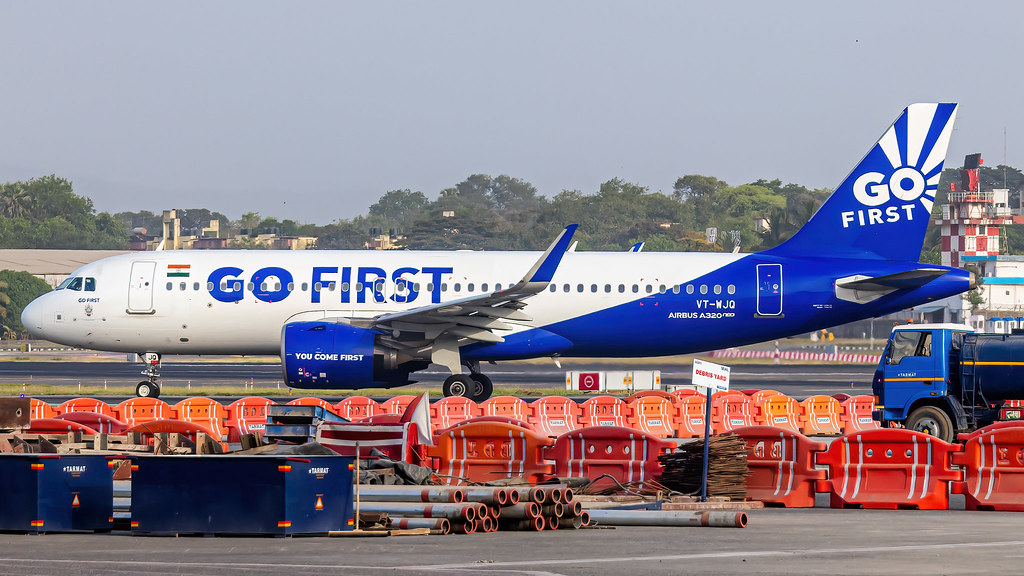
Lenders to India's Go First are poised to make a critical decision this week regarding the future of the beleaguered airline. Following a court order permitting lessors to repossess their aircraft, the once-promising carrier now faces the specter of liquidation. With debts amounting to a staggering 65.21 billion rupees ($780.88 million), Go First's creditors, including Central Bank of India, Bank of Baroda, IDBI Bank, and Deutsche Bank, are grappling with the grim reality of the airline's financial collapse.
Meeting of Creditors
The Committee of Creditors (CoC) convened on Monday, with another crucial meeting scheduled for Thursday. These gatherings serve as the stage for deliberations on the fate of Go First. Two anonymous bankers intimately involved in the process revealed that discussions will encompass various options, including the possibility of liquidation.
Bidder Prospects
Amidst the uncertainty, Go First has garnered interest from potential suitors under the formal bankruptcy process. Notable bids have emerged from a consortium led by SpiceJet's managing director, Ajay Singh, alongside Busy Bee Airways, and Sharjah-based Sky One. While Sky One's Chairman, Jaideep Mirchandani, expressed optimism regarding the revival of Go First, citing their readiness to inject assets and resources, lenders remain skeptical. The bids currently on the table have failed to meet the expectations of creditors, with concerns lingering over the proposed sums offered by both applicants.
Challenges and Considerations
Complicating matters further is the inclusion of a piece of land offered as collateral by Go First's promoters in the bid evaluations. Despite such considerations, lenders may ultimately opt to reject the existing offers, paving the way for a potential liquidation vote. Liquidation appears increasingly likely given the prevailing circumstances, underscoring the dire predicament confronting Go First and its stakeholders.
Conclusion
As Go First teeters on the brink of collapse, the forthcoming decisions of its lenders hold immense significance. Whether the airline will succumb to liquidation or find a lifeline through alternative means remains uncertain. Yet, amidst the gloom, the resolve to salvage Go First persists, albeit against formidable odds. The unfolding events in the coming days will shape the destiny of one of India's prominent aviation players, leaving an indelible mark on the industry landscape.
With Inputs from Reuters
Read next
IndiGo has commenced a dedicated service at Indira Gandhi International Airport - Terminal 1, to create an inclusive, accessible, and comfortable travel experience for specially-abled passengers.
Committed to promoting diversity, equality, and inclusion (DE&I) at the workplace and across its operations, the airline said, it has dedicated a newly designed desk to facilitate check-in for passengers with special needs.
Currently, IndiGo has over 20 specially-abled employees and staff at the Delhi Airport, who will also be deployed at these desks for assistance.
“This initiative is in line with IndiGo’s commitment to promoting diversity and inclusivity, in the workplace and beyond. This will also empower IndiGo’s specially-abled colleagues by providing an opportunity to showcase their skills and abilities. This initiative is a testament to IndiGo's unwavering commitment to providing an affordable, on-time, courteous, and hassle-free travel experience for all our passengers. The airline has also undertaken special efforts to ensure all its facilities, technologies, information, and privileges are accessible to persons with disabilities,” it said.
In a bid to create a more accessible and inclusive world for everyone, IndiGo has undertaken several measures onboard its flights. The cabin crew members are trained to assist with stowing and retrieving carry-on and assistive devices. The aircraft are equipped with lavatories featuring additional grab bars to aid persons with disabilities. The airline also offers pre-board courtesy and provisions for customers with sensory impairments, mobility assistance, spinal support equipment, and adverse medical conditions, the airline added.
With its fleet of 350+ aircraft, the airline is operating around 2000 daily flights and connecting 85+ domestic destinations and 30+ international destinations.

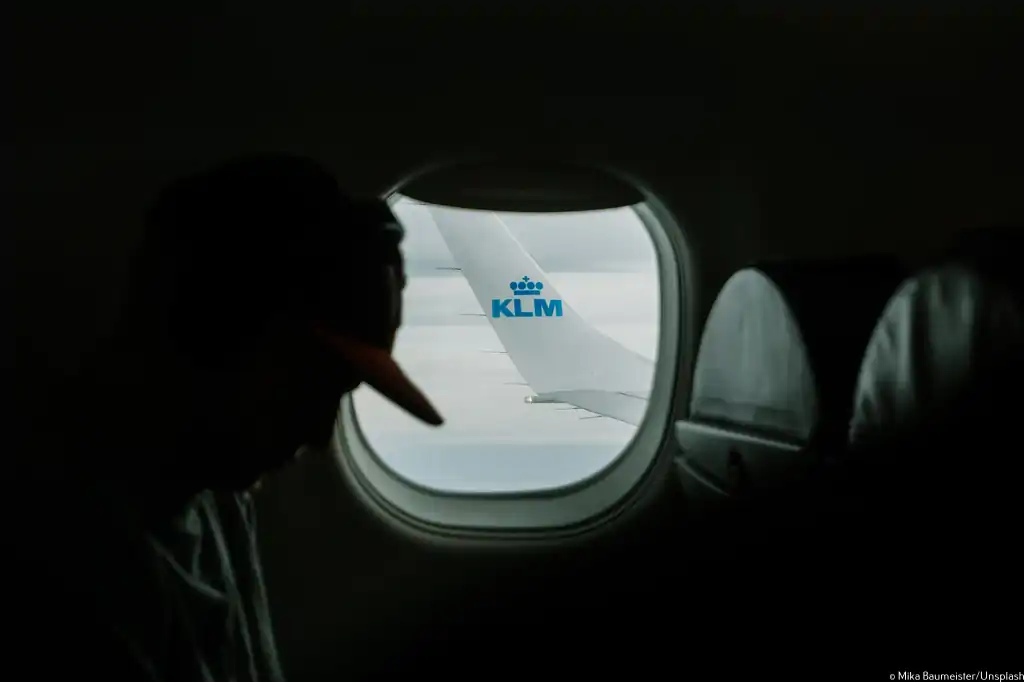
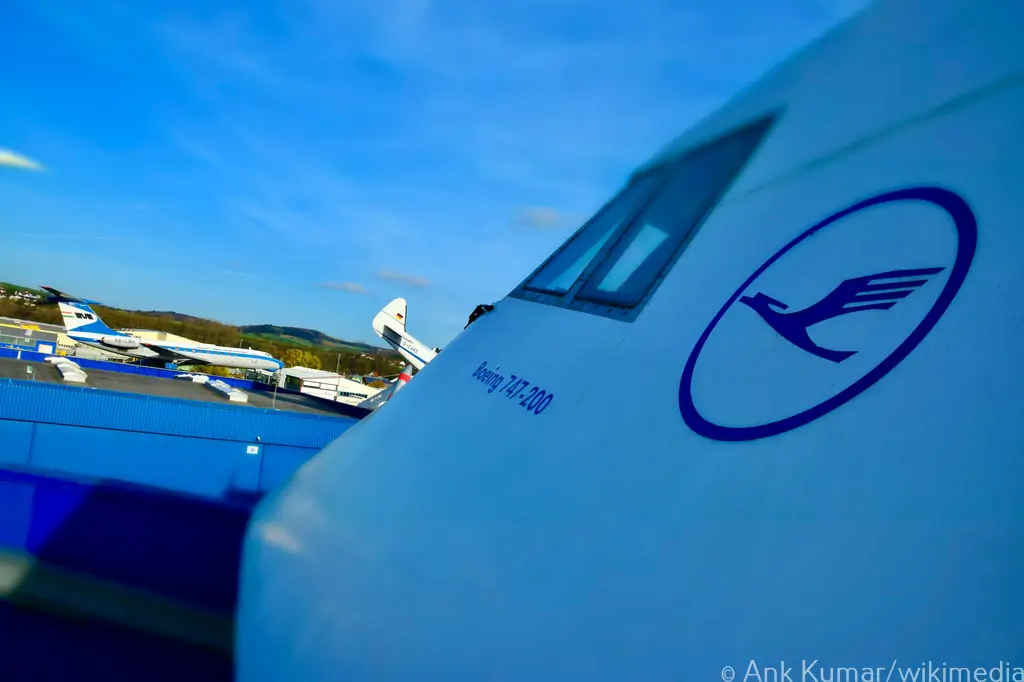
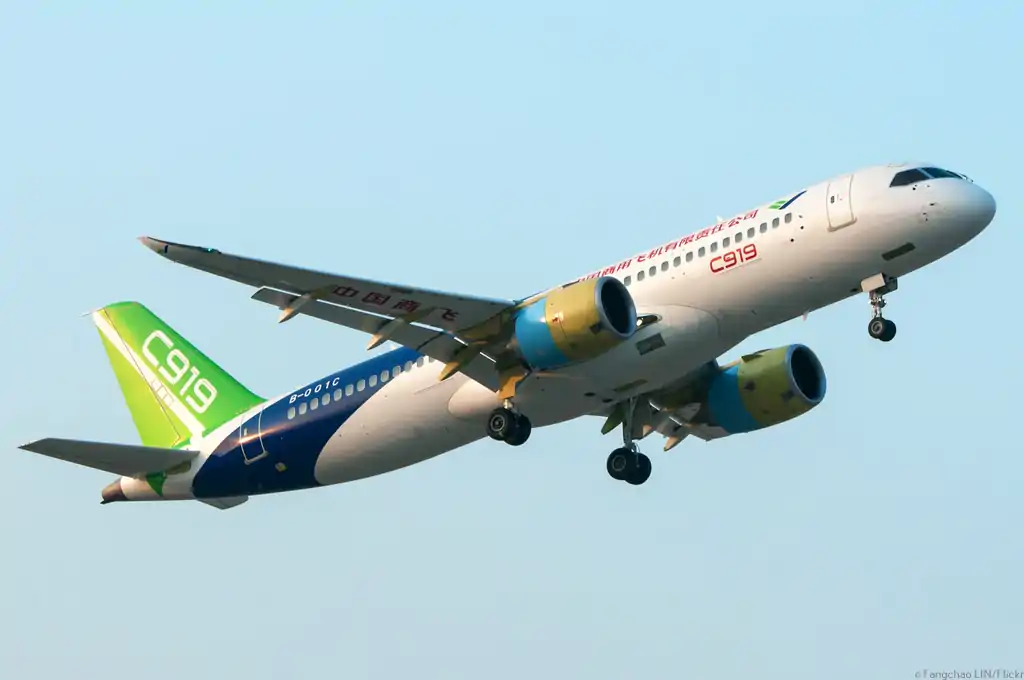

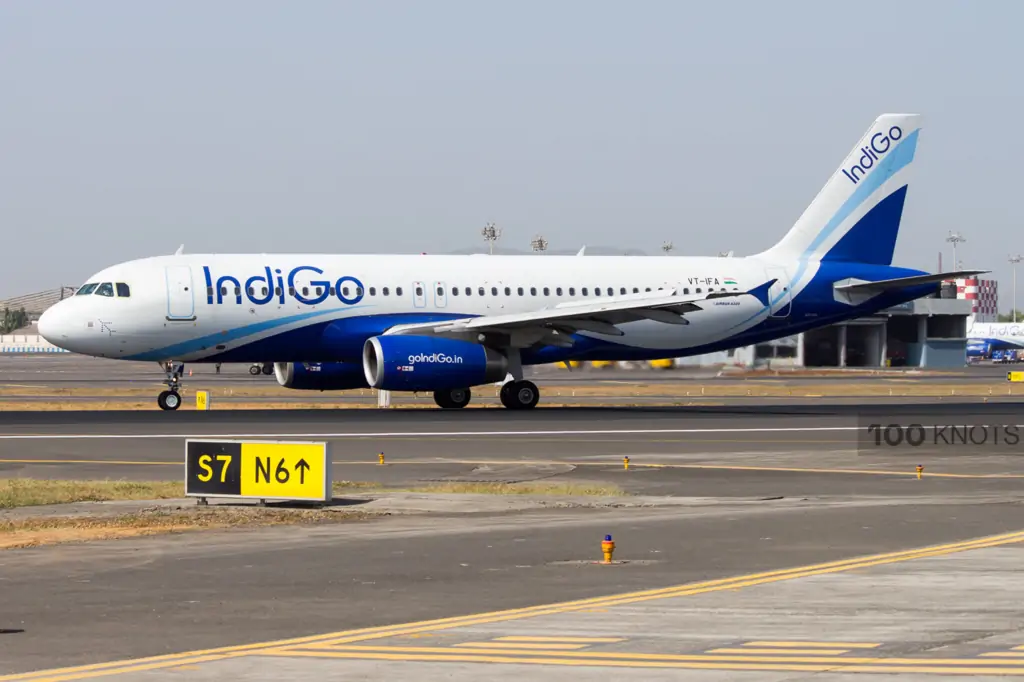
Comment